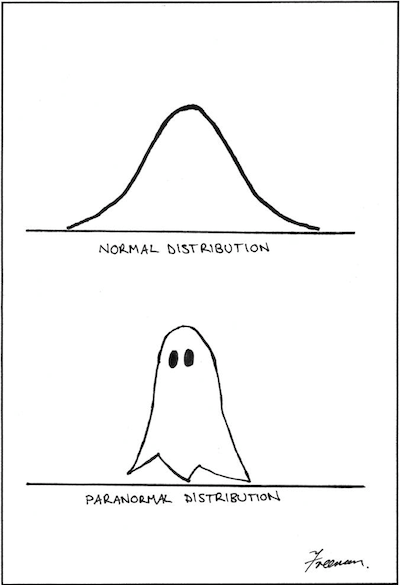Our Faith In Numbers – The Analysis of the Meaning of Algorithm
An algorithm is a sensitive word where worlds of meaning come
In the essay “Algorithm” Tarleton Gillespie differentiates among a few meanings of the word for various groups of creators and users of various algorithms. It proves to be quite hard to describe what it is, rather the approach is to explain what it does – solve a problem, choose an answer or conclude “on its own”.
What stood out as a very interesting comparison is the algorithm as synecdoche and algorithm as a talisman.
Algorithm as synecdoche
“Algorithm” may, in fact, serve as an abbreviation for the sociotechnical assemblage that includes an algorithm, model, target goal, data, training data, application, hardware — and connects it all to a broader social endeavor. (1)
In the case of one thing representing a whole, algorithm creators cannot see eye to eye as sociologists do. The synecdoche means different things to the different end of the programming piece. Where they see a set of rules, anyone critically interested in the origin of algorithms will see a string of people and decisions made by various powers that we cannot see, and that operate at the very early stage when it is decided what is to be done in the first place. Another problem arising here is that sociologists are simply not equipped to understand all technical parts of the algorithm.
Algorithm as a talisman
Conclusions that can be described as having been generated by an algorithm come with a powerful legitimacy, much the way statistical data bolsters scientific claims, with the human hands yet another step removed. (2)
In this case, where the word is used as already being objective by itself is maybe the most dangerous one. Often used in tech journalism and product presentations, to prove that something is ‘non-biased’ and accurate – it cannot be farther from the truth. The talisman part here is this almost holy zing to the word, that to the uneducated ear sounds like something true and scientifically proven – where in reality, it is often used to shut criticism down and give this “godly” ability of accuracy to a set of decisions, numbers, and outputs.

Although they are everywhere, from parking systems to period apps, from what the author concludes, it is rather difficult to precisely say what an algorithm is, but we still have the ability to investigate what it does, for whom, who is financing it, why and where it is used and how it affects our life in this algorithm-infested society.
Algorithm as a complex system and an instrument of power
The danger is that an algorithm can be (and is) a regular instrument of control. Who is telling you to constantly work out, wake up early and drink green smoothies? Is it your phone? I do not think so. Let us close with the question – Who needs us perky, energized, unsatisfied with ourselves and ever seeking the beauty ideals?
References
(1), (2), (3) Tarleton, G. (2014), Algorithm [online] http://culturedigitally.org/2014/06/algorithm-draft-digitalkeyword/ Accessed
Image – Paranormal vs Normal distribution by Matthew Freeman
Cover image – Data has a better idea by Franki Chamaki